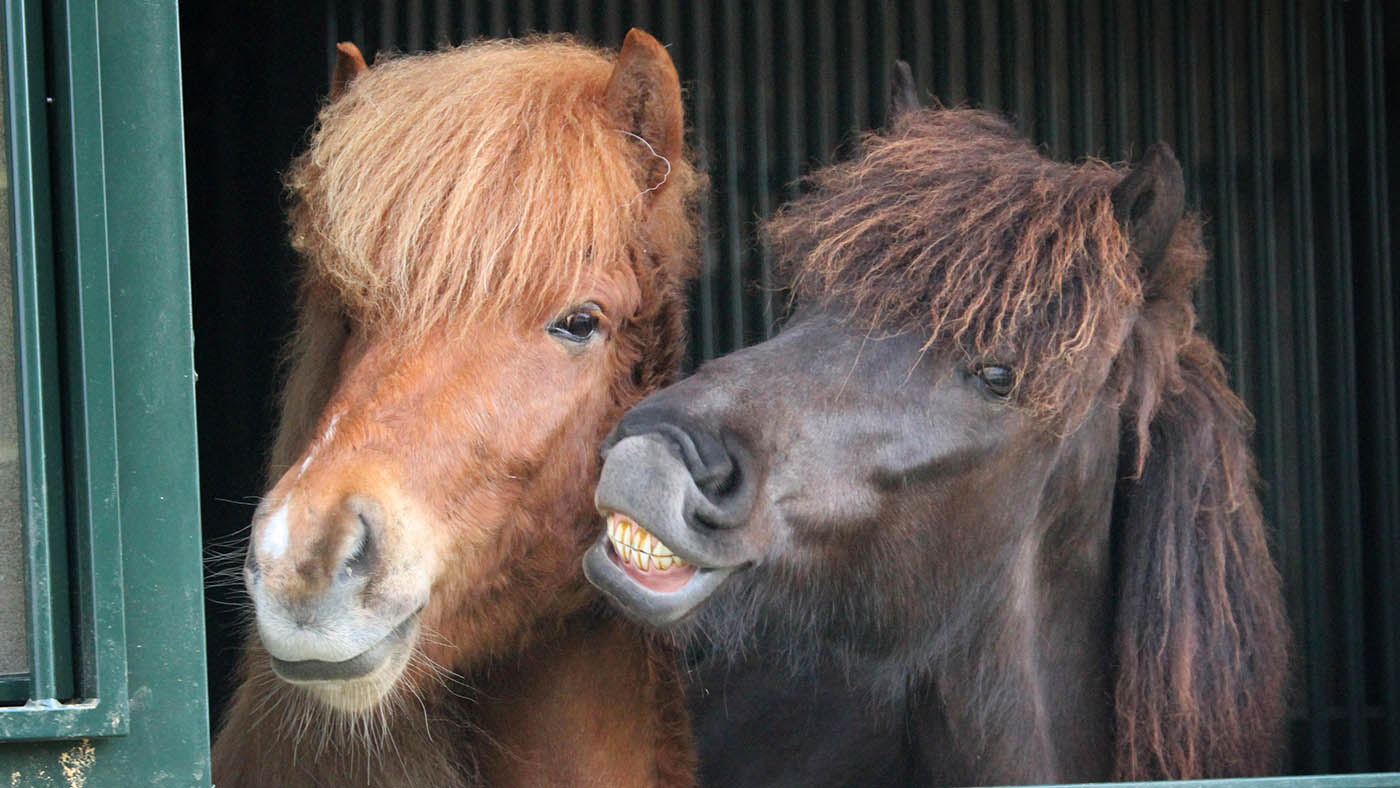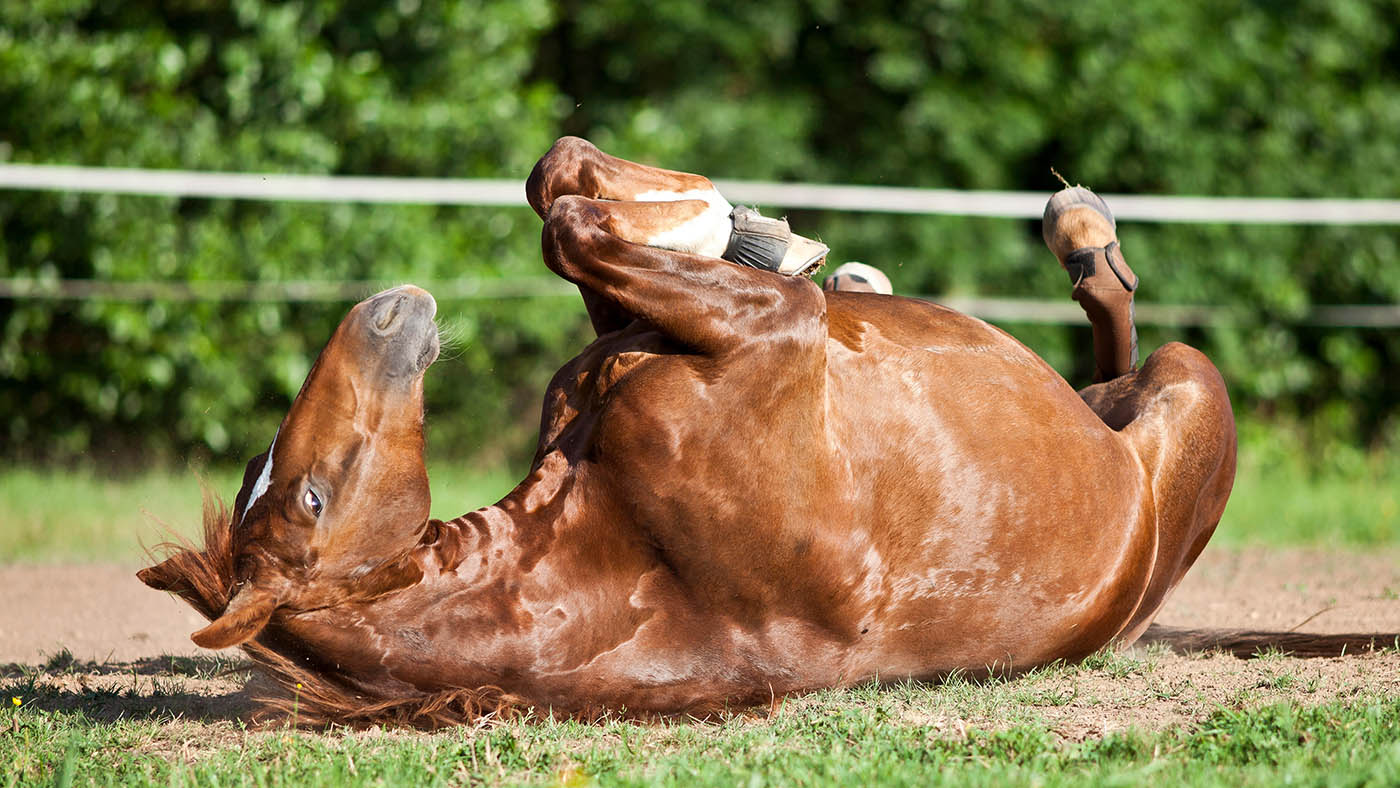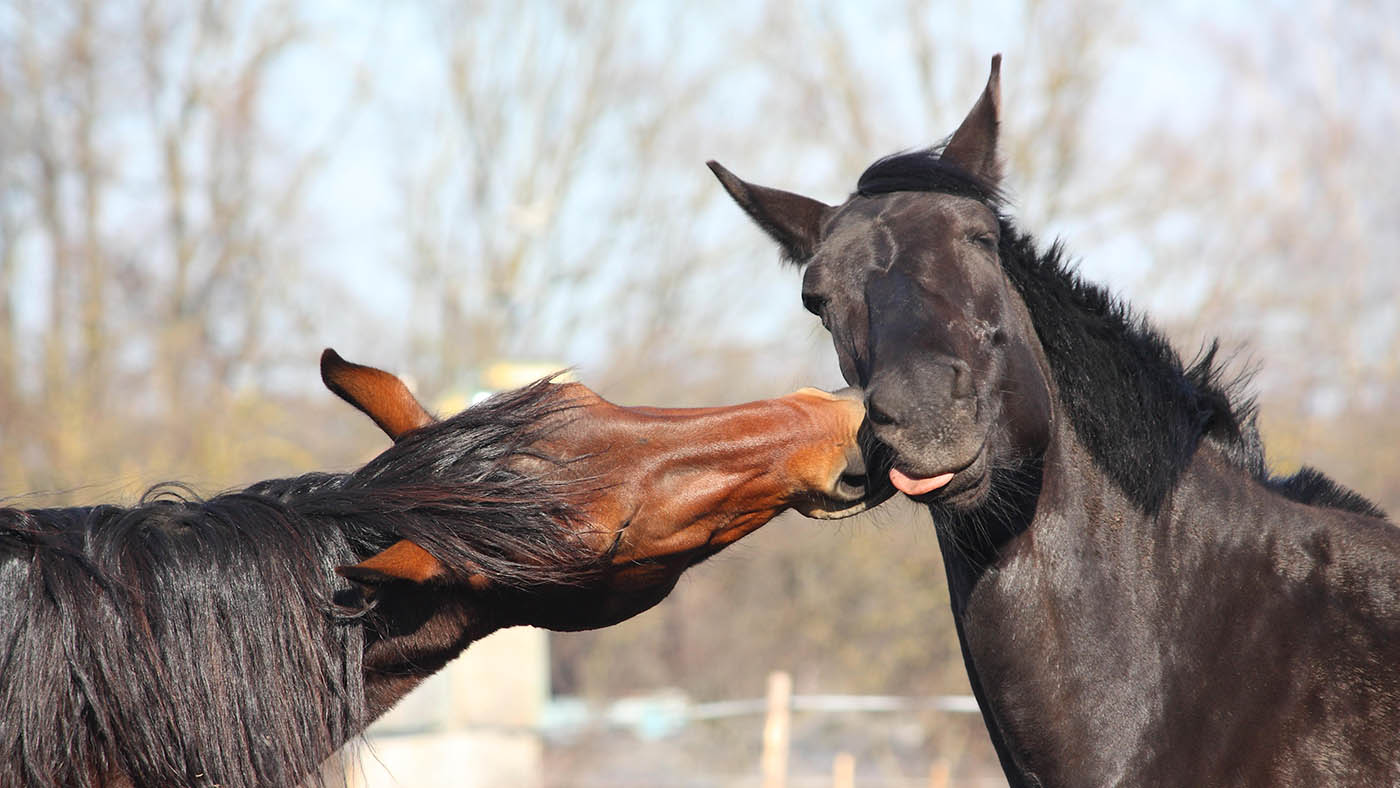The term “welfare” may conjure up images of an emaciated, poorly kept horse, rescued by a charity. Realistically, welfare describes the state of an animal’s well-being — be it positive or negative — so applies to all horses.
One of the first people credited with promoting equine welfare was Anna Sewell, whose 1877 novel Black Beauty suggested that horses were capable of feeling not only pain and suffering, but also pleasure. The book’s aim was to “induce kindness, sympathy and an understanding treatment of horses”.

Almost a century later, Ruth Harrison’s Animal Machines led the public to question the welfare of intensively farmed animals. In response, and to promote better conditions, a government report declared all animals should have the freedom to stand up, lie down, turn around, groom themselves and stretch their limbs.
The Farm Animal Welfare Council (FAWC) further developed these five “freedoms”. For physical and mental welfare, it was deemed that every domestic animal was entitled to freedom:
• from hunger and thirst, by ready access to fresh water and a diet to maintain full health and vigour;
• from discomfort, through provision of an appropriate environment including shelter and a comfortable resting area;
• from pain, injury or disease,
by prevention or rapid diagnosis and treatment;
• to express normal behaviour, through provision of sufficient space, proper facilities and company of his own kind; and
• from fear and distress, through conditions and treatment that avoid mental suffering.
This was a step in the right direction, but it became apparent that the focus was on an absence of negative welfare states rather than the presence of positive ones. A decade ago, the FAWC suggested that meeting an animal’s basic needs — providing “a life worth living” — should be the minimum standard, and introduced a higher ideal: “a good life”.
Similarly, there have been decades of equine-based research into negative emotions, such as stress and pain. This is important, but much less is known about positive emotions in horses. By understanding what makes a horse happy and how to tell whether or not he is feeling this way, we can work towards creating a good life.

Back to nature
Research in other species has shown it is the frequency rather than the intensity of positive events that makes the biggest difference to overall well-being. Multiple events causing moderate happiness are more beneficial than a single, very positive incident.
Many positive experiences over time also help build resilience — the ability to cope with challenging circumstances. We know rodents subjected to more positive experiences have a lower in ammatory response to a stress test, suggesting some kind of protective measure. For a horse, this resilience could make it easier to learn new skills in training and to remain calm at competitions.
Certain components have been universally accepted as key to providing a horse with a good life. Turnout is highly beneficial; feral horses cover vast distances daily as they graze, but domesticated horses also need sufficient space to move and exercise freely. Chewing and foraging are important; horses evolved to chew for around 16 hours a day and the prolonged chewing of low-calorie feedstuffs is known to have a relaxing effect.
The third requirement is social companionship, ideally provided by other horses in an established group. In experiments testing preference, it was found that horses were willing to work harder to obtain companionship than food. The Swiss National Stud has demonstrated even stallions can be provided with companionship — theirs are turned out together in winter and stabled in “social boxes”, separated by walls with metal bars, in the breeding season. While the general principles of a good life remain the same across all horses, each animal should be recognised as an individual.
A positive experience for one horse might not be so for another. By observing your own horse and his responses, you will get a feel for what is important to him.

Fun and games
So how can we recognise and measure positive emotions? Increasingly, researchers are using specific methods to determine what makes horses happy: preference testing, which involves investigating which of two options a horse prefers before testing how hard he will work to gain access to it, and cognitive bias testing, which investigates how a horse’s living and training regimes make him more optimistic or pessimistic about life in general.
The concept of “approach versus avoidance” is one of the most basic ways to determine how pleasant your horse finds an experience. If he walks faster than average on his way back to the field, this tells you that he values turnout time. If he walks slowly to the place where he is given a bath — or tries to avoid it altogether — he obviously doesn’t enjoy being washed. You could, of course, pair the bath with food, which might change the way he thinks about it.
Several behavioural indicators have been scientifically documented as proof of positive emotions. These include the low, vibrating snort, often heard as a horse grazes, and rolling or settling down to sleep.
Is he willing to explore his environment and play — either with other horses, or by having a good run and a buck by himself? Social interaction with fieldmates, such as mutual grooming, is important for wellbeing and another indicator of happiness. Watch your horse’s reactions as you groom him and spend more time on the areas where he seems to enjoy getting a good scratch.
Training also has the potential to provide positive experiences, provided it is based on learning theory and within the horse’s physical capabilities.
Negative reinforcement (better termed subtraction reinforcement or pressure release) involves immediately releasing the rein or leg aid when the horse offers the right response. Being able to work out the “right answer” to an aid can be rewarding for the horse.
Positive reinforcement, such as clicker training, uses a unique sound to mark the correct response, which is then rewarded through either a scratch or food. Relatively quickly, the click itself releases “happy neurotransmitters” such as dopamine and serotonin in the horse’s brain.
The FEI promoted the concept of the “happy athlete” in 2009.
By breaking training down into small, achievable steps, we can make it easier for the horse to o er the right response. This creates more opportunities for reward, helping to develop a happy athlete.
Steps to happiness
What makes a horse’s life worth living — or, better still, good?
A life not worth living
This horse suffers prolonged negative states, such as hunger, pain or disease. He may live in a dirty environment with insufficient feed or water, or have a heavy lice burden or pressure sores. His diet may be inadequate and he may have no company — equine or otherwise.
A life worth living
While his basic needs are met, this horse has limited opportunity for positive experiences. His stable may be immaculate and his diet excellent, but his only exercise is when he is ridden, so he is always under control. He can see and smell other horses, but cannot enjoy mutual grooming.
A good life
Not only are this horse’s basic needs met, but he has the opportunity to indulge in pleasurable activities, such as play. He is kept in good health and has adequate nutrition, living out full-time with others so he can run, roll in the mud and interact with friends. His training is engaging and fun.
Ref: Horse & Hound; 23 May 2019
For all the latest news analysis, competition reports, interviews, features and much more, don’t miss Horse & Hound magazine, on sale every Thursday.
